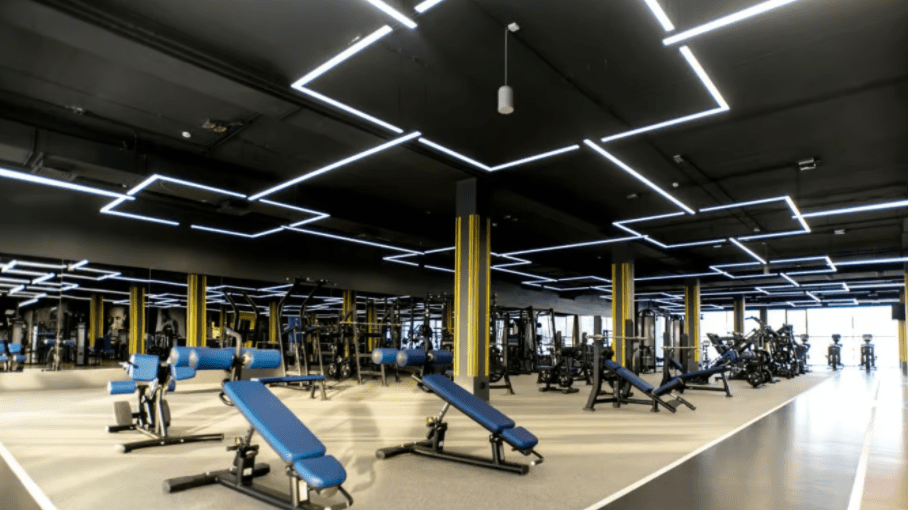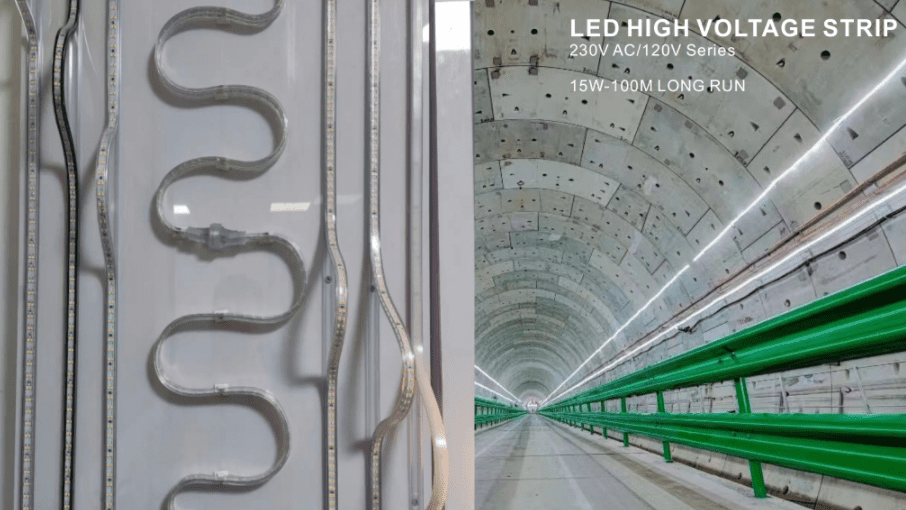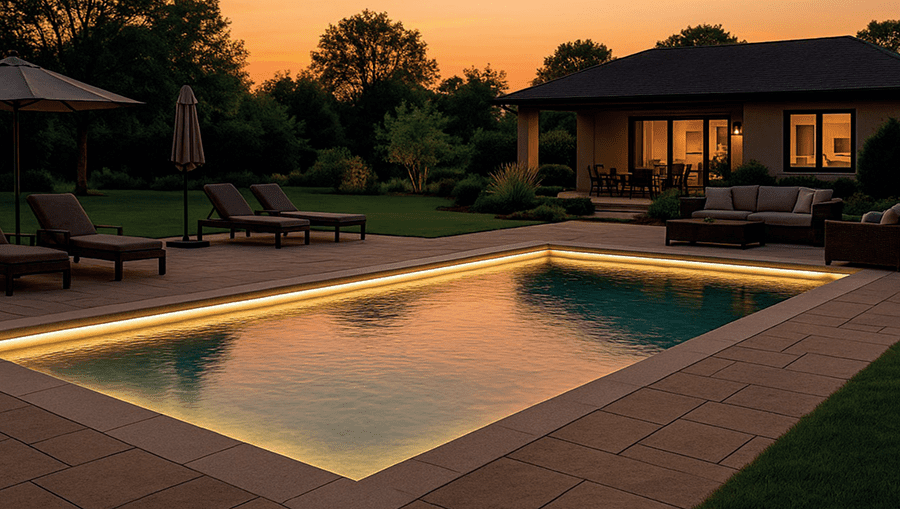Before discussing fixture types, we must understand the technical backbone of a productive lighting system.
2.1 Lux (lx) vs. Lumens (lm)
- Lumens (lm): how much light the fixture emits
- Lux (lx): how much light reaches the working surface
For most office workplaces:
- Open-plan workstations: 300–500 lux
- Technical / detailed tasks: 500–750 lux
- Meeting rooms: 300–500 lux
- Circulation areas: 100–200 lux
Good practice: use Dialux / Relux to simulate lux levels before finalizing fixture quantities and layout.
If you prefer not to run simulations yourself, you can send basic floor plans and we’ll help prepare calculations—just Request a Quote and mention “workplace lux planning”.
2.2 Unified Glare Rating (UGR)
Glare is a silent productivity killer. Even when the lux level is correct, workers may still suffer from headaches and eye fatigue if the fixture creates harsh brightness contrasts.
- For offices and workplaces, the recommended target is:
UGR < 19
- For premium, visually demanding environments:
UGR < 16
Low-UGR fixtures typically use:
- Deep reflectors
- Micro-prismatic diffusers
- Dark-light or low-brightness optical systems
You’ll find multiple UGR<19 options in the Product Catalog optimized for office and workplace use.
2.3 Color Rendering Index (CRI)
Color rendering strongly affects how people perceive skin tones, printed materials, brand colors, and product samples.
- CRI ≥ 80: minimum acceptable standard
- CRI ≥ 90: recommended for modern workplaces
- CRI ≥ 95: ideal for design studios, creative agencies, branding teams
High CRI also contributes to a more “natural” and less stressful viewing environment.
2.4 Color Temperature (CCT)
Color temperature influences mood and energy levels.
| CCT Range |
Mood & Application |
| 2700–3000K |
Warm, relaxed; lounges, waiting areas |
| 3500K |
Soft neutral; comfortable yet focused |
| 4000K |
Most popular for offices; clean, bright, professional |
| 5000K+ |
Very cool; suitable for labs, inspection, special tasks |
A powerful combination is: warm or 3500 K in lounges and collaboration zones, 4000 K in work areas.
Increasingly, clients In Europe request tunable white systems that change color temperature during the day. You can explore this type of solution in the Lighting Solutions section.
2.5 Luminous Efficacy (lm/W)
This is about efficiency: how much light you get per watt.
- Good: ≥ 110 lm/W
- Better: ≥ 130 lm/W
- Excellent: 140–150 lm/W+
Higher efficacy = lower energy bills and easier compliance with green building standards.
Uniformity describes how evenly light is spread across a space.
- For workplaces, aim for U₀ (Emin / Eavg) ≥ 0.6
Poor uniformity leads to “bright patches” and dark zones, which cause eye fatigue when your eyes constantly adapt between levels.
2.7 Flicker and Driver Quality
Invisible flicker can still cause headaches, eye strain, and discomfort, especially in spaces where people work under artificial light for 8+ hours per day.
- Always choose flicker-free drivers
- Ask the manufacturer for flicker test data or “low flicker / flicker-free” confirmation
If you want fixtures with proven driver quality and long lifetime, you can Email Us with your spec sheet, and we will suggest compatible models.










